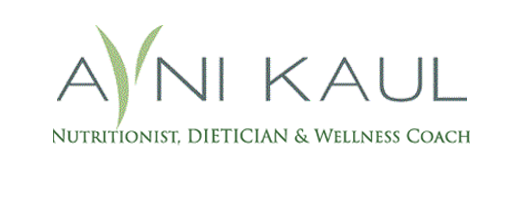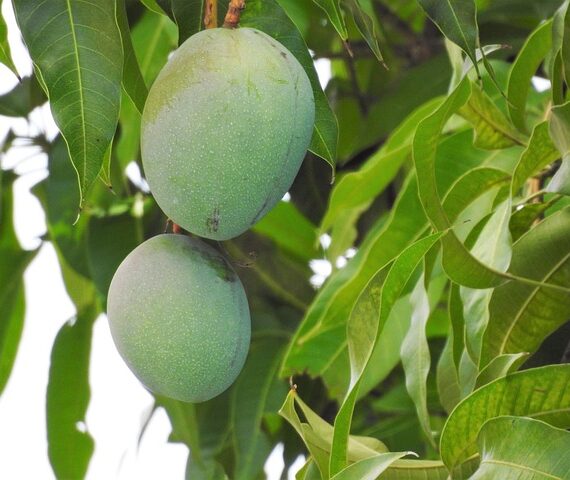India’s leading dietician and nutritionist Avni Kaul Warns Not to Reheat Certain Food in the Microwave, including Rice
The ubiquitous microwave has been our trusty ally in reheating leftovers and whipping up quick meals since its invention in the mid-20th century. However, despite its convenience, there are certain foods that should not be reheated in a microwave. One reason is that microwaving can create uneven heating, resulting in cold spots where bacteria can thrive.
This is especially true for dense foods like meats and casseroles. Additionally, reheating can cause chemical changes in some foods, such as breaking down the nutrients in milk and causing it to lose its nutritional value. We have also heard of microwave blasts and how they release carcinogenic toxins making the food unfit for consumption. Eminent Delhi-based dietician Avni Kaul shares her expert tips on foods that are unsafe to be reheated in a microwave.
Rice:
Yes, you read it right. A staple in almost every Indian household, reheating rice in a microwave can be risky because it can harbour spores of a bacterium called Bacillus cereus, which can survive the cooking process and cause food poisoning. These spores can multiply rapidly if the rice is left at room temperature. If you need to reheat rice, microwave the dish before serving it and ensure it is piping hot all the way through.
Nitrate-rich vegetables:
Nitrates in vegetables like spinach, carrot, turnip or celery, become carcinogenic when reheated in a microwave. The high heat of the microwave breaks down the cell walls of the vegetables, leading to the formation of carcinogenic nitrosamines. The iron present in spinach may get oxidized due to reheating which generates dangerous free radicals that may cause fertility and cancer. To maintain its nutritional value, use a conventional oven or stovetop.

Chicken:
Are you a chicken lover? If so, avoid reheating leftover chicken inside the microwave. While it is possible to reheat chicken in a microwave, there are some potential risks associated with doing so. The main concern is that reheating chicken in a microwave can create hot spots, where some parts of the chicken become very hot while others remain cold or lukewarm.
This uneven heating can allow bacteria to grow on the cooler parts of the chicken, leading to foodborne illness. Furthermore, when reheated in a microwave, chicken can become dry and tough, and unappetizing. If you do choose to use a microwave, be sure to reheat the chicken to an internal temperature of 165°F (74°C) and avoid overcrowding the dish to ensure even heating.
Hard-boiled Eggs:
If you don’t want a mini-explosion in your kitchen, do not reheat eggs inside your microwave—shelled or unshelled. The protein in eggs can get tough and rubbery, while the yolk turns into a hard, rubbery blob. The moisture content in the egg will expand when reheated, resulting in a mess.
Potatoes:
Microwaves heat food by creating molecular vibrations, and because microwaves penetrate food unevenly, they can create hot spots that overheat certain areas of the food while leaving other areas cold. This can be especially problematic with potatoes, which are often dense and may not heat evenly in the microwave.
As a result, you may end up with some parts of the potato dish that are overcooked and dried out, while others remain undercooked. When reheated, mashed potatoes become gummy in texture while baked potatoes become dry or tough. The microwave may not heat the potato dish thoroughly enough to kill off bacteria thereby causing foodborne illnesses.
One must be mindful of these guidelines when reheating foods in a microwave to ensure safe and healthy eating. It is important to remember that not all foods are suitable for reheating in the microwave and should be avoided whenever possible.





